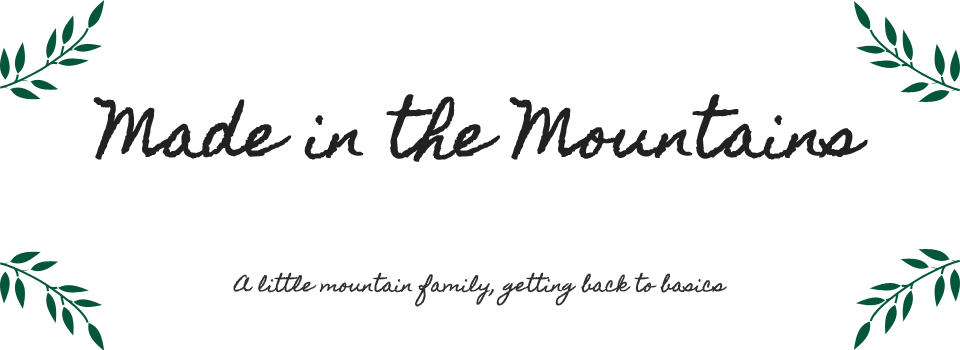My first attempt at cheesemaking was a mozzarella recipe in their June/July 2008 issue. While I thought I was doing things correctly, the end result was much more like ricotta or very small curd cottage cheese than anything shapeable like fresh mozzarella should be. Tasty nonetheless, but not what I was hoping for. Like anything new, one should never give up after a failed first attempt, so later that week I tried my hand again at the mozzarella and discovered my error the first time (didn't get the curds hot enough, and stirred too much!) and was successful! I actually was a little too successful, and the result was much firmer and dryer than true fresh mozzarella, and more like regular mozzarella... (Not sure what to call it, since it usually is only found in grated or string cheese form...) I ended up using it in a pasta dish, and it was incredibly stringy and delicious! It would have made perfect pizza cheese! Now that I know I can make ricotta and pizza mozzarella, next time I'll try a third time and maybe I'll get the recipe right and get fresh mozzarella!
It's amazing how little cheese comes out of so much milk- this is the result from a whole gallon of milk!
My third and most recent cheesemaking adventure occurred this morning, when I tried my hand at making cream cheese! Unlike the mozzarella (which required rennet and citric acid), the cream cheese didn't require any special ingredients- just milk, salt, and white vinegar. I have yet to have some on a bagel, but I did taste it on its own and the flavor beats the pants off of Philly! The texture isn't quite as smooth as storebought cream cheese, but I have a feeling that the texture could be improved, possibly by draining it longer, using whole milk (I used 2%, cause it's what I had on hand) or even just giving it a good stir. Next time, I think I'll substitute some buttermilk in place of some of the milk, and see how that turns out.
The only bummer to home cheesemaking (if you don't have a dairy cow or easy access to truly fresh milk) is that you can't use most organic storebought milk. Most organic milk companies ultra-pasteurize their milk, pasteurizing at a higher heat than regular pasteurizing, which kills more of the natural bacterias in the milk. It gives milk a much longer fridge life, which is great, but unfortunately in cheesemaking, you need that bacteria to help the curding process along. Fresh, unpasteurized milk would be ideal, and I hope to find a supplier in the spring, but until then, regular ol' storebought milk is the answer.
Crazy Easy Cream Cheese
1 quart milk (I used 2% but whole would probably be better)
2 tsp salt (non-iodized, kosher is my preference)
2 tbsp white vinegar
In a saucepot, bring milk and salt just to a boil very slowly over low heat, stirring occasionally. Remove from heat, and stir in the vinegar. Let it sit undisturbed until cool. Pour into a cheesecloth or muslin bag, or a very fine mesh sieve, and let drain until it looks like cream cheese. Store in the fridge and enjoy! (How easy is that?!?)




